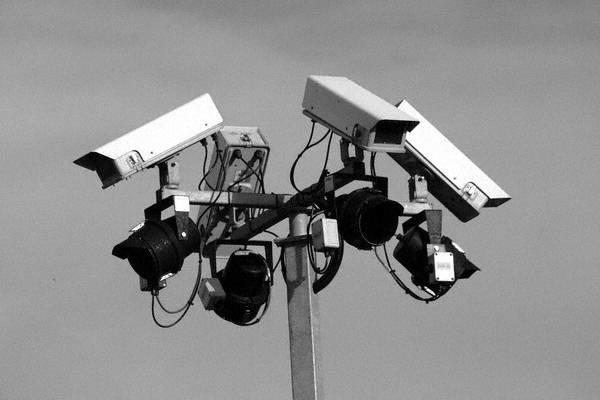
Wireless community networks or wireless community projects are the largely hobbyist-led development of interlinked computer networks using wireless LAN technologies, taking advantage of the recent development of cheap, standardised 802.11b (Wi-Fi) devices to build growing clusters of linked, citywide networks, or in rural areas where conventional DSL services are unavailable. Some are being used to link to the wider Internet, particularly where individuals can obtain unmetered internet connections such as ADSL and/or cable modem at fixed costs and share them with friends. Where such access is unavailable or expensive, they can act as a low-cost partial alternative, as the only cost is the fixed cost of the equipment.
Such projects started to evolve in 1998 with the availability of 802.11 equipment, and are gradually spreading to cities and towns around the world. In mid-2002 most such networks have been still embryonic, with small groups of people experimenting and gradually interconnecting with each other and thus expanding the domain and utility of the networks. As of mid-2005, wireless community networks have become increasingly popular and exist throughout many cities. Such networks have a distributed rather than a tree-like topography and have the potential to replace the congested and vulnerable backbones of the wired internet in most places.
These projects are in many senses an evolution of amateur radio, and more specifically packet radio, as well as an outgrowth of the free software community (which in itself substantially overlaps with amateur radio), and share their freewheeling, experimental, adaptable culture. The key to using standard wireless networking devices designed for short-range use for multi-kilometre linkups is the use of high-gain antennas. Commercially-available examples are relatively expensive and not that readily available, so much experimentation has gone into homebuilt antenna construction. One striking design is the cantenna, which performs better than many commercial antenna designs and is constructed from a steel food can.
Most wireless community network projects are coordinated by citywide user groups who freely share information and help using the Internet. They often spring up as a grassroots movement offering free, anonymous Internet access to anyone with WiFi capability.
The community networks are different from wireless hotspots, which are usually put up for commercial purposes, often offering paid-for internet. It is also different from independent privately owned open wireless access points offering anyone within range free internet access.
Many of these community networks are run on a voluntary basis and can be compared to other voluntary groups focussed around local issues. Like other voluntary groups they have sometimes found their greatest challenges are not technical (e.g. developing affordable internet access in a local area) but social; encouraging and sustaining volunteer input, a critical mass of users, and devising a sustainable organisational model. Some groups have splintered as individual participants follow their own goals or found it difficult to maintain a user base when large corporate internet service suppliers have reduced the price of broadband connectivity and increased availability.
An alternative to the voluntary model is to use a co-operative structure. This is the model which has been encouraged by Community Broadband Network in the UK. A successful example is Norwich where they have made their city centre a wireless free network. User can connect to the internet for up to 60 minutes for free, they will then automatically sign out after their time is up but they can easily reconnect to stay online for longer.
The gadget show on channel 5 has recently launched a UK campain to try and get a free open wireless networks in every major UK city. For more onfo you can go here
http://gadgetshow.five.tv/campaign/wifi/
Other Important Links
http://en.wikipedia.org/wiki/Wi-Fi
http://media.guardian.co.uk/site/story/0,,1707753,00.html
http://www.nycwireless.net/articles
http://www.nytimes.com/2006/03/05/technology/05wireless.html?ex=1299214800&en=de3c127408552e0a&ei=5089
http://en.wikipedia.org/wiki/Warchalking
http://news.zdnet.co.uk/communications/wireless/0,39020348,39195421,00.htm




